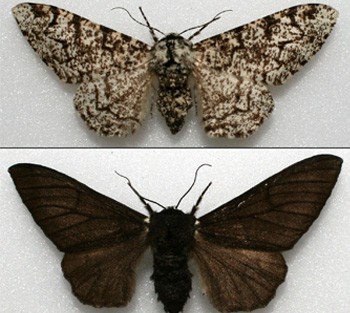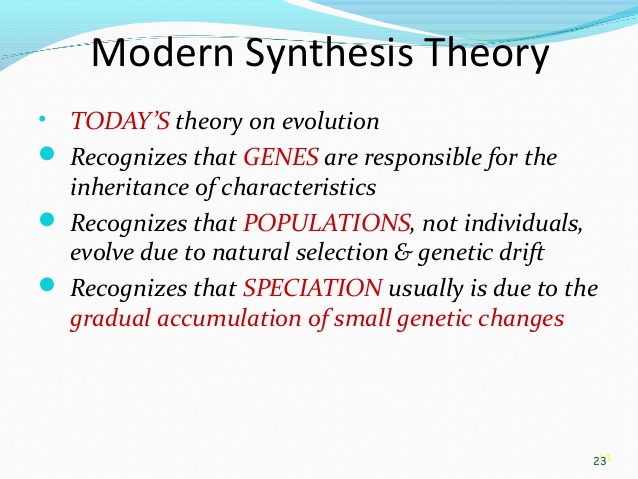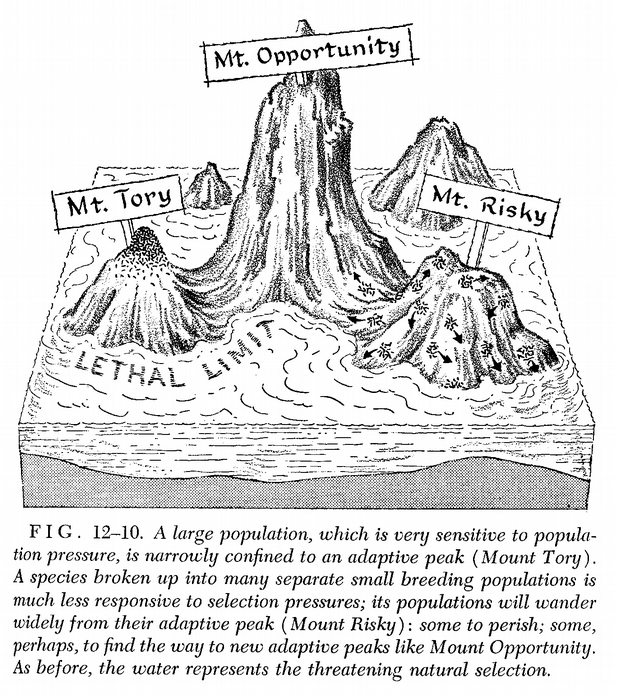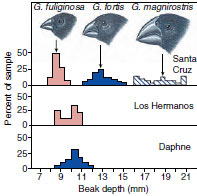Larson 10
 test will be Wed:
test will be Wed:
- in class: open books/notes/internet, you
may write on a laptop
- write one essay, roughly two double
spaced pages
- question will be only on Larson
- there will be a choice of questions, one
in each of two areas
- what outside forces shape science
- the changing fight between science
and religion
- how to study for an open book test?
- some kind of cross-references between
notes and book
- make a list of major issues and think
what examples you might use
- but make sure to read the question
carefully when you start the test and answer that
- paragraphs with topic sentences are important,
sentence grammar and spelling less so if I can follow easily
- you must use references for quotes and paraphrases
and very specific information. examples:
- (Larson p. xx)
- (http://pammack.sites.clemson.edu/lec3210/larson10.html)
- (class notes to ch. 10)
- no bibliography needed
- open book, open notes, open internet, but test will
happen even if the wireless is down
The Peppered Moth (above ) was seen at the
time as an example of evolution, but could be explained by
different theories of how evolution worked (the paragraph at
the bottom of p. 221 and the top of 222 is a very useful
summary of that)
The resolution of this is called The Modern
Synthesis and was developed by J.B.S. Haldane, Ronald A.
Fisher and Sewall Wright beginning in the 1920s.
It was needed because Mendelian genetics didn't instantly
solve the problems with understanding the detail mechanism
of evolution
- geneticists focused on mutations, and
didn't pay much attention to natural selection
- biometricians (what became today's
population biologists) focused on natural selection but
tended to avoid the question of mutations
- study of variation, some understanding
of mutations
- there were a lot of details that needed
to be worked out to put the two together
- Darwinism plus Mendelian genetics equals
evolution, but showing that mathematically takes working
out a lot of details
Population biology: Haldane showed
mathematically that a given frequency of mutation and level
of selection (say black moths have a 50% higher survival
rate than speckled moths) can cause the formation of a new
variety (Haldane was an arrogant type and wrote that only
the best one out of one thousand of the human population
should reproduce)
Fisher (motivated by very narrow eugenics concerns) showed
how gene frequencies would shift under natural
selection. The more benefit provided by a variation
(allowing the animal to reproduce more), the more quickly it
would spread. Even though his motivations were
deplorable, his science was good.
(demonstration)

Wright translate the statistics into an
understanding of how new species could form from genetic
drift in isolated populations.
- Adaptive
landscape: a way of modeling the fitness of
a population
- What is also developing here is the
ability to model the genetic complexity of large
populations (before the invention of the digital
computer)
Theodosius Dobzhansky published Genetics
and the Origin of Species in 1937 pulled this together
with real world examples to show that small scale genetic
shifts can lead to evolutionary change on a large scale
The computer models could actually be matched to population
studies in isolated situations such as the Galapagos islands

On islands where different species of
finches co-exist, their characteristics are more separate
There is an interesting modern popular book on the finches The
Beak of the Finch
Present
day examples
 test will be Wed:
test will be Wed:

